THE PARADOX OF SIGN LANGUAGE MORPHOLOGY
- PMID: 22223926
- PMCID: PMC3250214
- DOI: 10.1353/lan.2005.0043
THE PARADOX OF SIGN LANGUAGE MORPHOLOGY
Abstract
Sign languages have two strikingly different kinds of morphological structure: sequential and simultaneous. The simultaneous morphology of two unrelated sign languages, American and Israeli Sign Language, is very similar and is largely inflectional, while what little sequential morphology we have found differs significantly and is derivational. We show that at least two pervasive types of inflectional morphology, verb agreement and classifier constructions, are iconically grounded in spatiotemporal cognition, while the sequential patterns can be traced to normal historical development. We attribute the paucity of sequential morphology in sign languages to their youth. This research both brings sign languages much closer to spoken languages in their morphological structure and shows how the medium of communication contributes to the structure of languages.
Figures

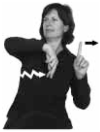
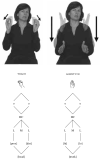


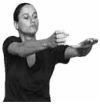

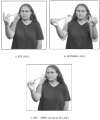
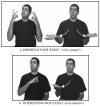
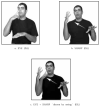
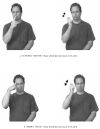
References
-
- Adamson Lilian, Smith Norval, Arends, et al. Sranan. 1994. pp. 219–32.
-
- Anderson Stephen R. A-morphous morphology. Cambridge University Press; Cambridge: 1992.
-
- Arends Jacques, Muysken Pieter, Smith Norval., editors. Pidgins and creoles: An introduction. John Benjamins; Amsterdam: 1994.
-
- Armstrong David F., Stokoe William C., Wilcox Sherman E. Gesture and the nature of language. Cambridge University Press; Cambridge: 1995.
-
- Aronoff Mark. Morphology by itself: Stems and inflectional classes. MIT Press; Cambridge, MA: 1994.
Grants and funding
LinkOut - more resources
Full Text Sources
Other Literature Sources
